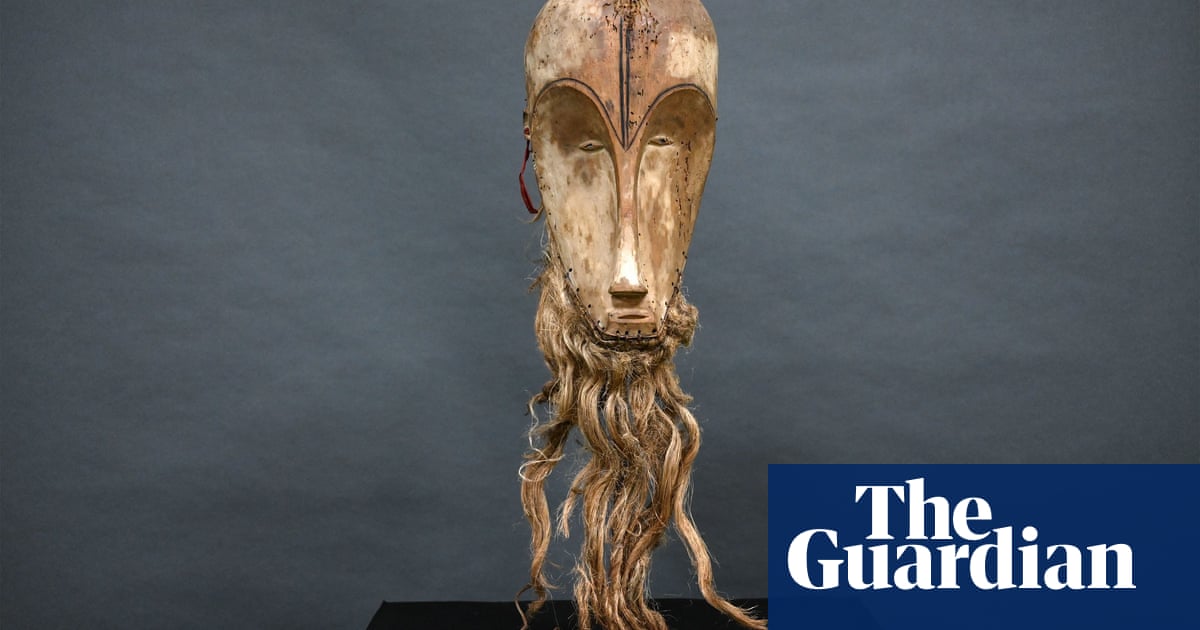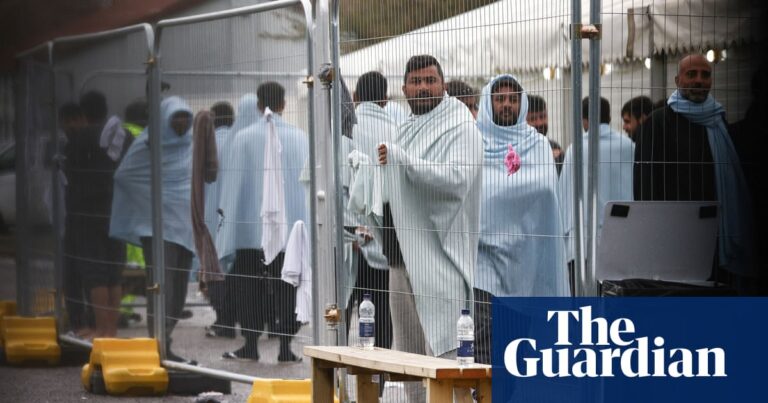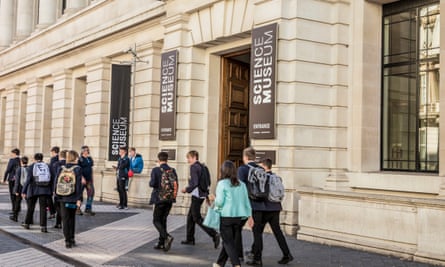
A French couple who had retired sold an African mask to a used goods dealer for €150 (£130). They are now taking legal action to receive a portion of the profits, as the mask was later auctioned for €4.2m (£3.7m).
However, activists argue that the valuable artifact should be repatriated to Gabon, sparking a debate about the impact of colonialism on Africa’s cultural treasures.
An 88-year-old man and an 81-year-old woman, living in Eure-et-Loir, a region in the south-west of Paris, made the decision to sell their vacation home in Gard, located in southern France. In order to prepare for the sale, they needed to remove various items from the attic. They reached out to a dealer of secondhand goods who purchased multiple objects, including a wooden carved mask that had been stored away in the loft. This mask had previously belonged to the man’s grandfather, who served as a colonial governor in Africa.
After six months, the couple were surprised when they saw a newspaper article about the auction of a rare mask from the 19th century, created by the Fang people of Gabon. They were shocked to see the familiar mask in the photo, which was known for its unique design and was said to have influenced artists like Pablo Picasso and Amedeo Modigliani. The article also mentioned that there were only a few of these masks in existence.
The auction catalog provided details on the acquisition of the mask by the man’s relative. It was collected in approximately 1917, under unspecified circumstances, by René-Victor Edward Maurice Fournier (1873-1931), a French colonial governor. It is believed that Fournier obtained the mask during his visit to Gabon.
Art experts were thrilled by the sale, with a representative from an auction house stating on French TV, “This particular mask is even more scarce than a painting by Leonardo da Vinci – there are only 22 known paintings by the renowned artist, but we are aware of only 10 to 12 masks crafted by the various Fang masters in Gabon.”
During an auction in March 2022, the mask’s initial price was estimated to be around €300,000. However, it ended up being sold for €4.2 million to an unknown buyer who placed their bid over the phone.
Gabonese community members in southern France participated in the auction as a form of protest, expressing their belief that the mask should not have been up for sale and should be repatriated to Gabon.
At a court session in Alès, a retired couple’s lawyers argued that their clients should be entitled to the profits from an auction, as they had sold a mask to a secondhand dealer for an unfairly low price of €150. The lawyer, Frédéric Mansat Jaffré, stated to French media that his clients would not have let go of the mask at that price if they had known its true rarity, emphasizing the importance of good faith and honesty.
On Tuesday, Solange Bizeau, a member of the Collectif Gabon Occitanie, appeared in court along with other members of the Gabon community who had also protested at the auction.
The person stated that the mask was taken during colonization. Many pieces of artwork, including those in museums, were also taken and the creators were condemned for their work and encouraged to believe in the Bible instead. As a result, these artifacts have ended up in Europe where they have been a source of profit for many individuals over the years.
Skip over the advertisement for the newsletter.
after newsletter promotion
“This court case pertains to the governor’s grandchildren and a secondhand dealer, neither of whom have a legitimate claim to this mask. Our goal is to have the mask returned to Gabon. This mask holds great significance, as it was once used to uphold justice in our villages. The court has focused on matters of morality, but what about the morality of stealing works of art and undermining our dignity? Where is the morality in that?”
A ruling by the court regarding the allocation of the funds to the pair is anticipated in December.
In 2017, after his initial election, French President Emmanuel Macron requested the return of cultural artifacts from French museums, stating that he could not condone the fact that a significant portion of these items belonged to various African countries.
Source: theguardian.com
















